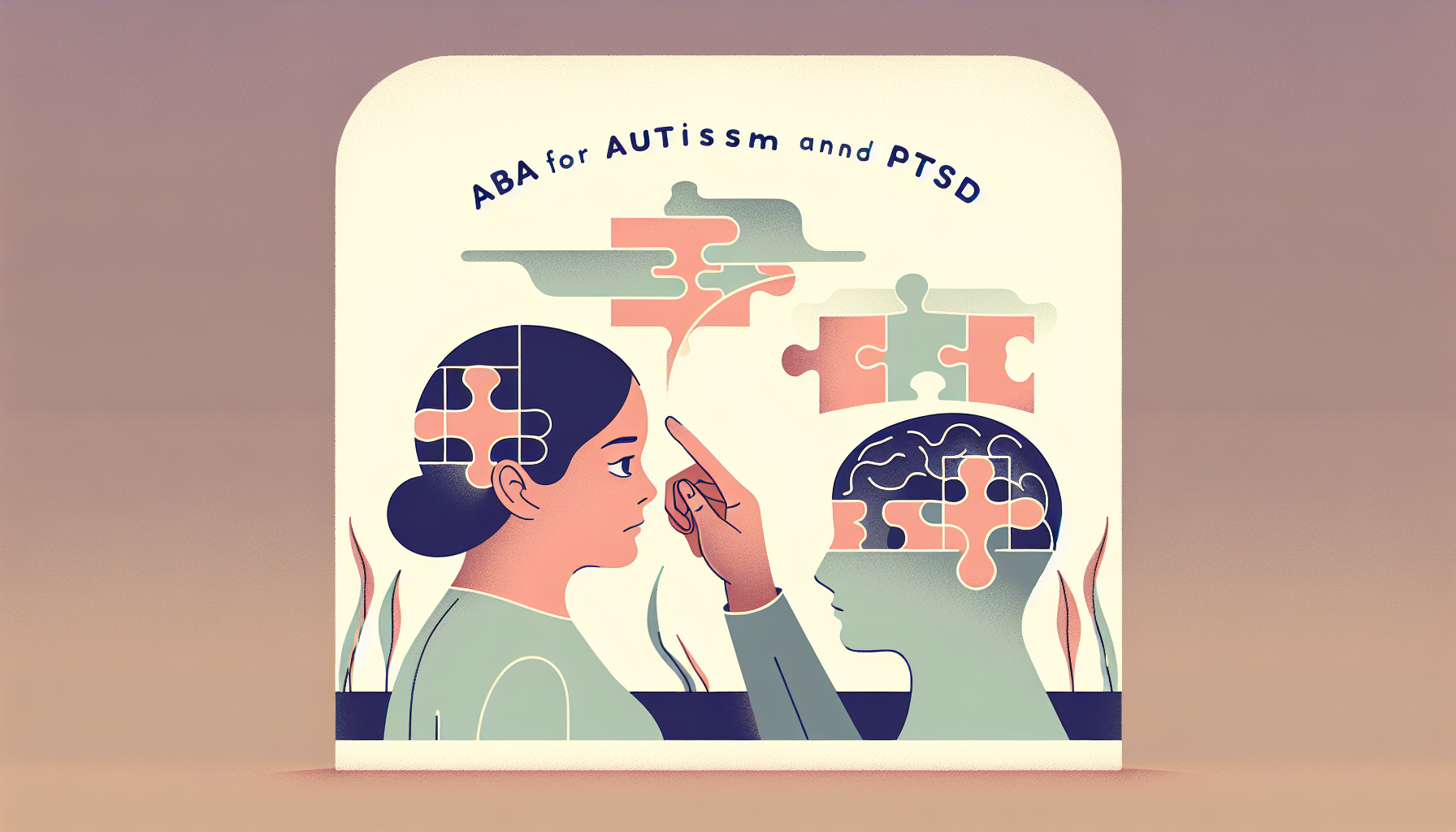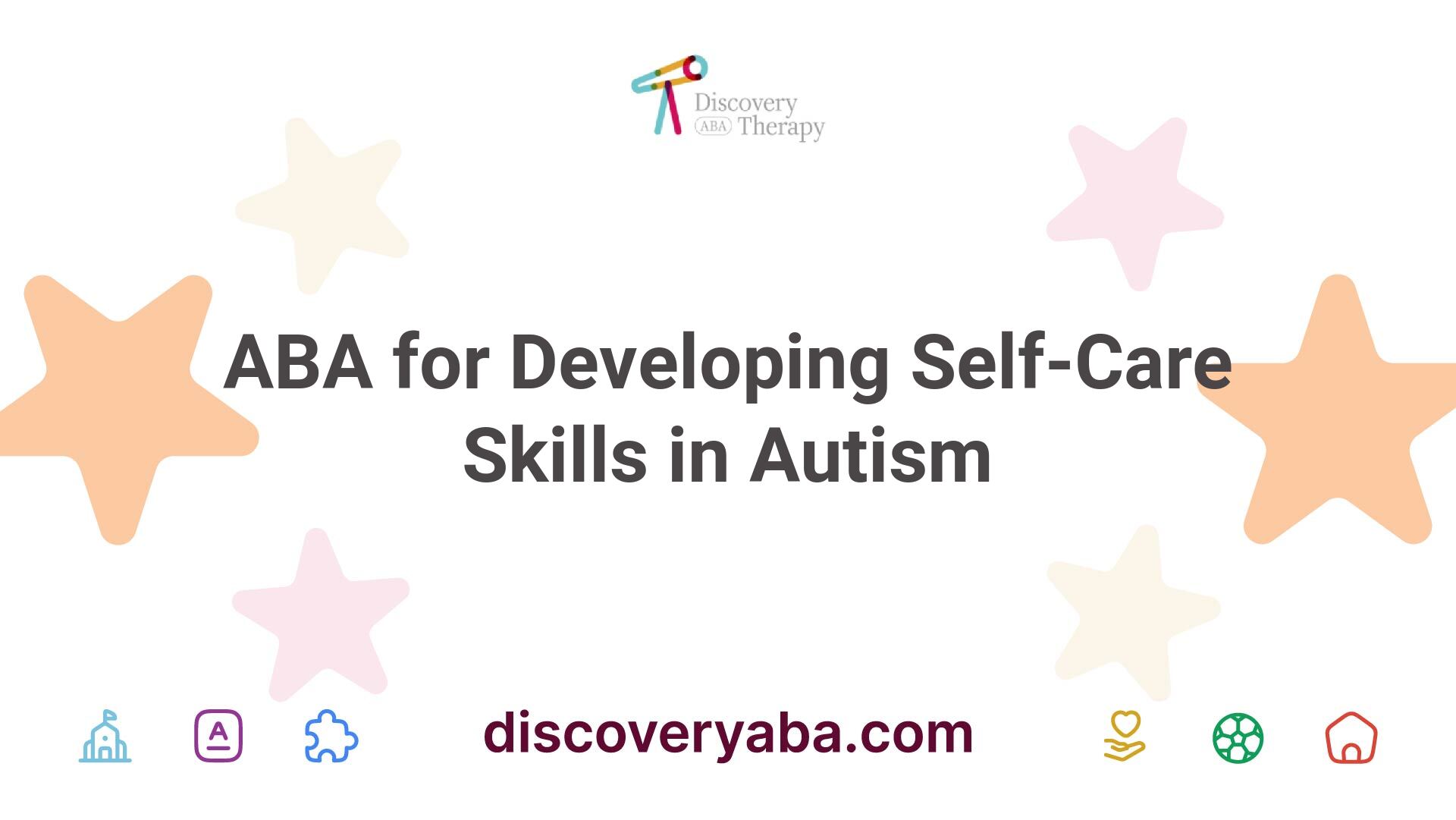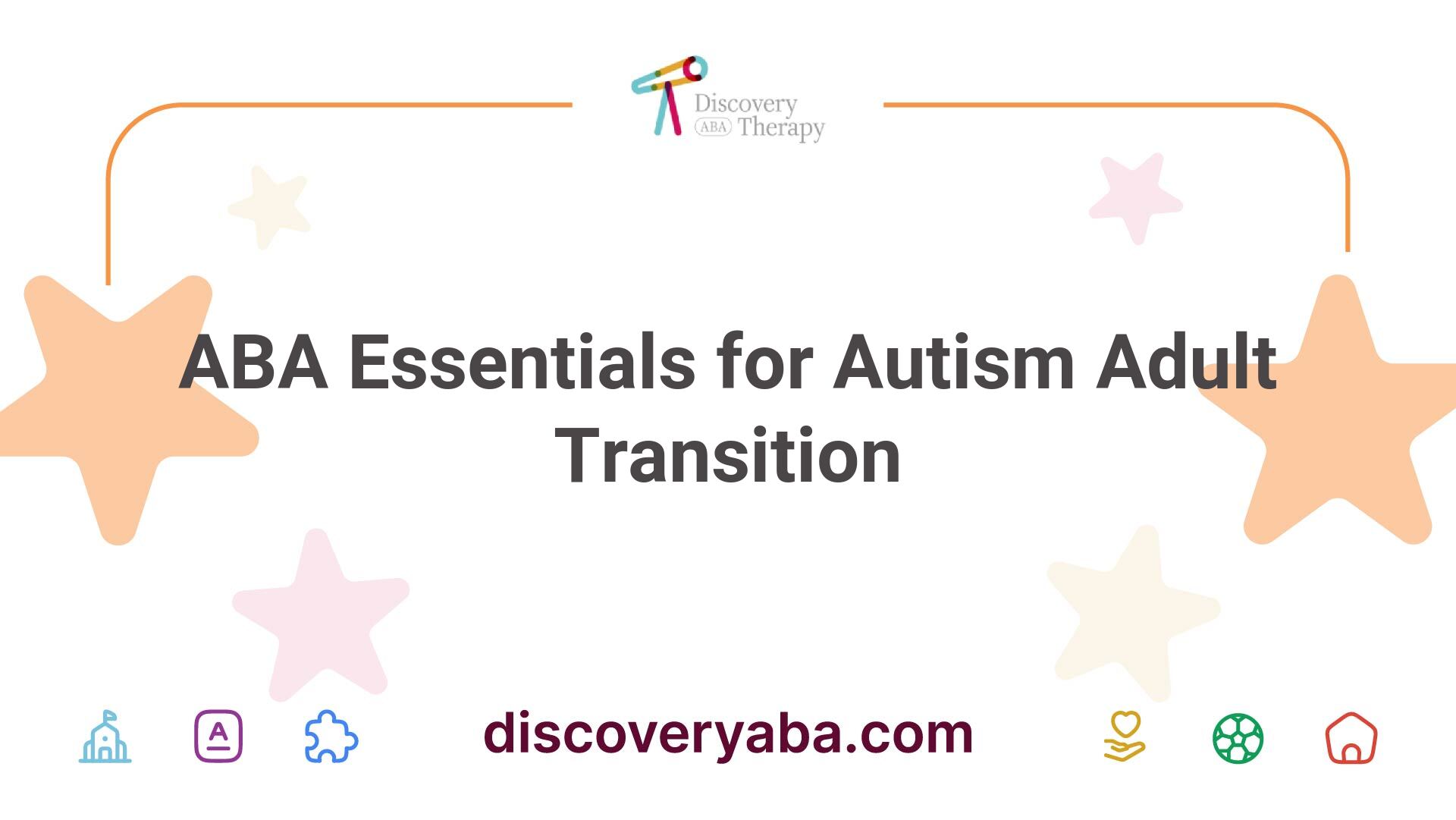Strategies for Increasing Eye Contact with ABA Therapy
Discover strategies for increasing eye contact with ABA therapy to enhance social interactions for individuals with autism.

ABA Therapy Overview
Applied Behavior Analysis (ABA) therapy has transformed the approaches to treatment for individuals with autism. Understanding the history and key components of ABA therapy provides insight into its effectiveness, particularly in strategies aimed at increasing eye contact with ABA therapy.
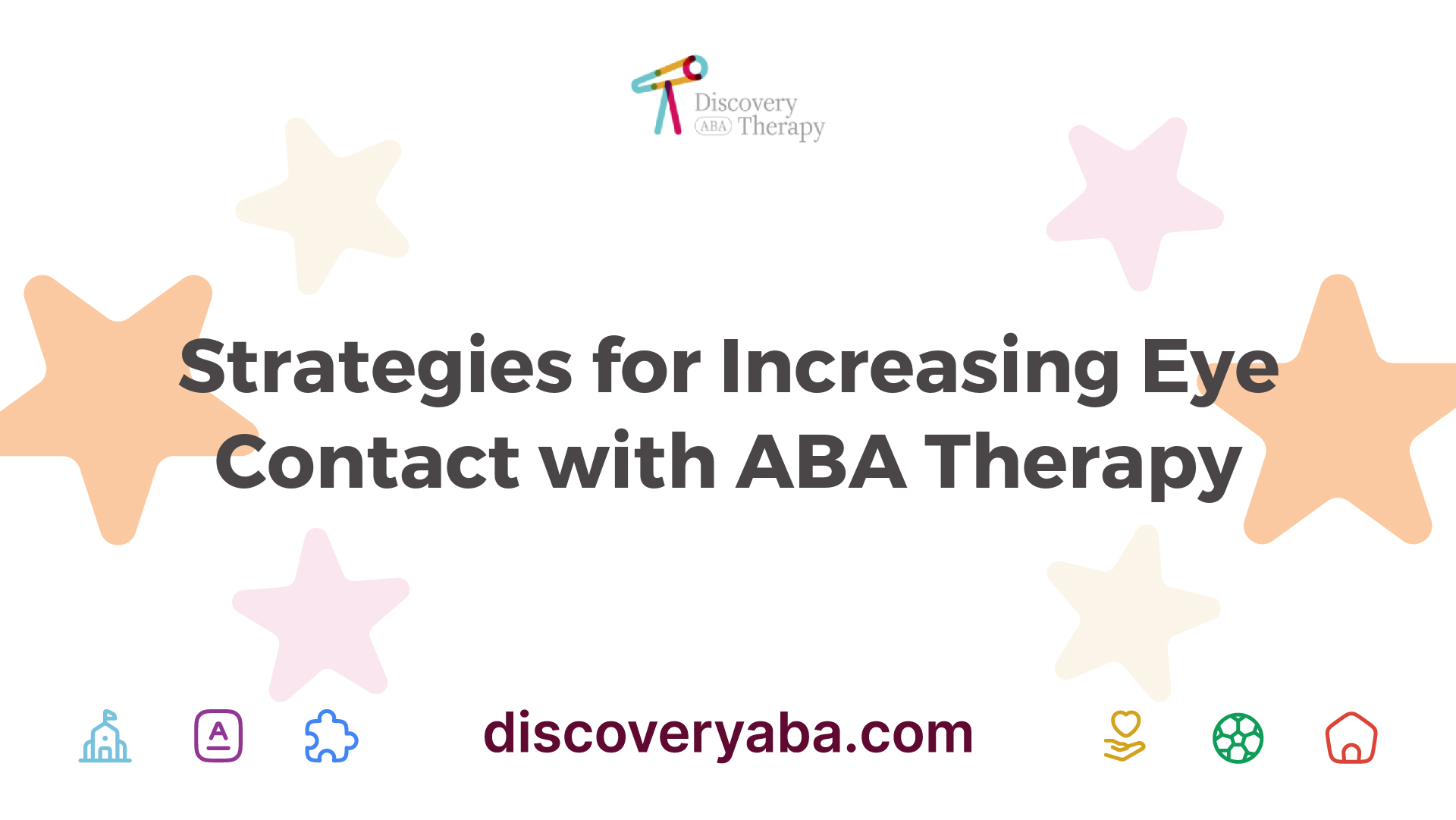
History and Development
The roots of ABA therapy can be traced back to the contributions of several figures in psychology. Edward Thorndike introduced the Law of Effect in the 1920s, which laid the groundwork for using rewards to increase desirable behaviors and punishments to diminish undesirable actions. In the 1960s, Ole Ivar Løvaas pioneered the Løvaas Method, now known as ABA, specifically as a therapeutic approach for autistic individuals. His groundbreaking research published in 1987 involved 40 children receiving ABA therapy over a period of two to six years, demonstrating significant improvements in social skills and cognition for 90% of participants compared to a control group [1].
Further developments in the 1990s confirmed that these skills were maintained through adolescence, showcasing the longevity of the intervention. Notable contributors, including B.F. Skinner, focused on operant conditioning, enhancing the understanding of reinforcement and behavior modification, thus solidifying the effectiveness of ABA therapy as a treatment for various disabilities [2].
Key Components
ABA therapy is grounded in key components that are essential for its application in therapeutic settings. These include:
Key ComponentDescriptionBehavioral AnalysisAssessing behaviors and environmental impactReinforcement TechniquesEmploying rewards to boost positive behavior and responsesIndividualized ProgramsTailoring therapy to meet specific needs of each childData CollectionMonitoring and analyzing progress for effective adjustment
ABA therapy has emerged as a widely accepted and evidence-based form of intervention for individuals with autism and various disabilities, effectively focusing on essential skills such as communication, self-care, and socialization. Understanding these foundational aspects of ABA therapy can assist parents and caregivers in realizing its potential, especially in fostering eye contact and other social engagement behaviors.
Importance of Eye Contact in Autism
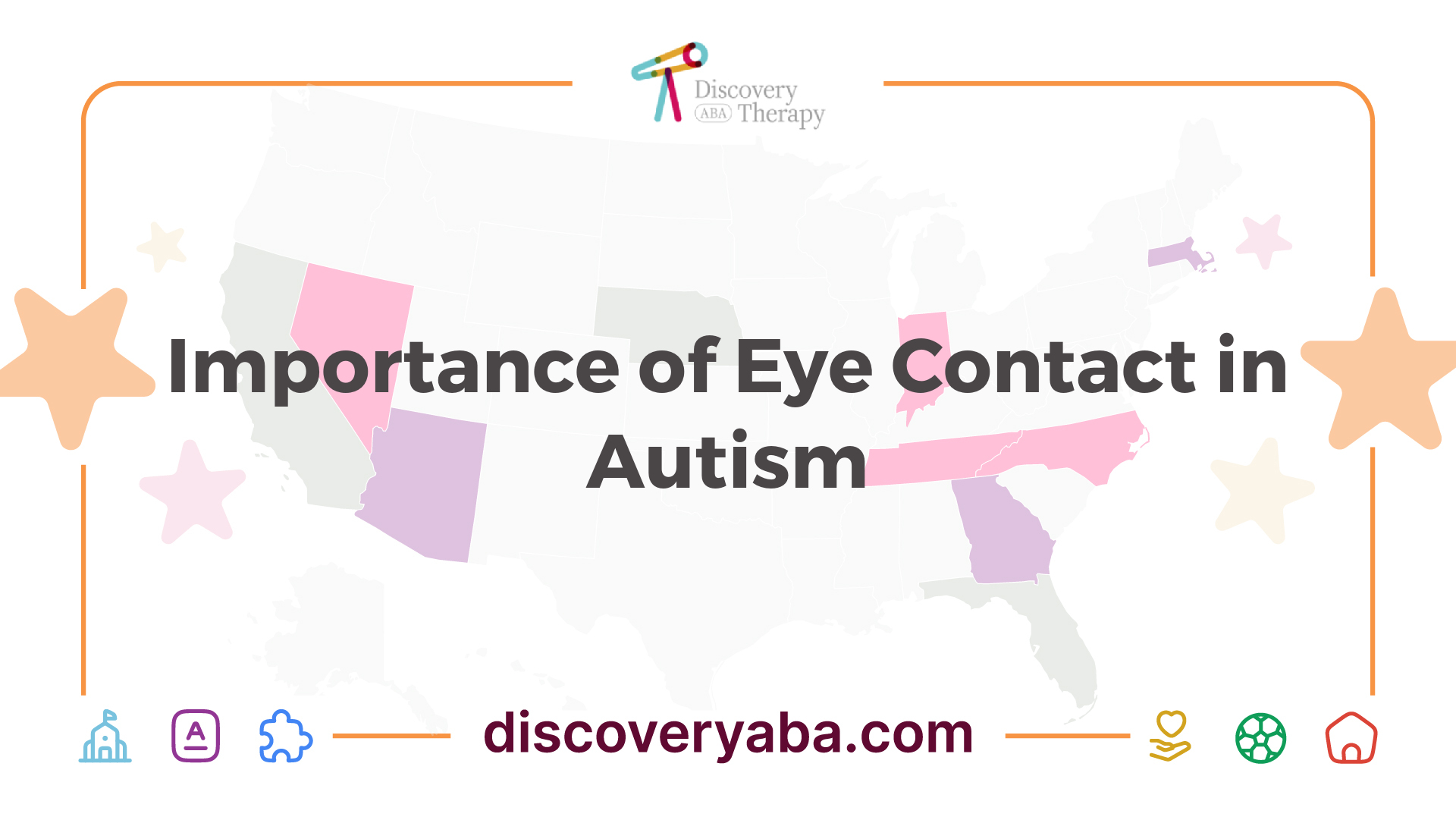
Social Significance
Eye contact plays a vital role in social interactions, particularly for individuals with Autism Spectrum Disorder (ASD). It serves as a non-verbal cue that signifies engagement in a conversation, indicates a willingness to hear another's thoughts, and allows one to pick up on subtle social cues. Conversely, avoiding eye contact may signal disinterest, disrespect, or dishonesty. For individuals with ASD, learning to establish eye contact is crucial for successful interaction with peers and adults alike [3].
Research indicates that sustained eye contact can lead to improved outcomes in various areas including:
Benefit of Eye ContactDescriptionEngagementIndicates active participation in conversations.UnderstandingHelps in picking up social cues and emotions.ComplianceSupports adherence to instructions and tasks.
Challenges Faced
Despite the importance of eye contact, many individuals with autism struggle with this skill. Some common challenges include:
Addressing these challenges is essential when implementing interventions aimed at increasing eye contact with ABA therapy. Through targeted strategies and techniques, caregivers and practitioners can facilitate the development of this vital social skill. For example, a procedure employing shaping and differential reinforcement has shown success in increasing eye contact during instructional pauses, highlighting the potential of tailored ABA approaches in skill acquisition.
Creating an environment conducive to practicing eye contact can also involve using preferred items or treats as motivational tools. Systematic exposure to interactions where eye contact is encouraged can lead to enhanced engagement in social situations. For more strategies on enhancing social interactions, consider exploring our articles on related topics such as teaching imitation skills with ABA or improving turn-taking with ABA therapy.
Teaching Eye Contact in ABA Therapy
Understanding how to effectively teach eye contact to individuals with autism within ABA therapy is critical for enhancing their social interactions. This section discusses effective procedures, shaping techniques, and reinforcement strategies that can facilitate the development of this important skill.
Effective Procedures
A successful approach to teaching eye contact often involves a combination of shaping techniques and differential reinforcement. Shaping is a gradual process of reinforcing successive approximations toward a desired behavior. This method has shown significant results in increasing eye contact during instructional pauses.
According to research, the strategy includes removing a preferred item to increase motivation for eye contact, using reinforcement to decrease the latency to achieving eye contact, and systematically reducing immediate reinforcers like treats for longer, sustained responses. This structured technique encourages individuals to progressively improve their eye contact skills without feeling overwhelmed by excessive prompting.
Here’s a brief table outlining effective procedures for increasing eye contact:
ProcedureDescriptionShapingGradually reinforcing closer approximations to eye contact.Differential ReinforcementUsing specific rewards to encourage quicker eye contact responses.Progressive RemovalGradually decreasing the necessity of immediate rewards.
Shaping and Reinforcement
Shaping involves reinforcing successive increments of eye contact. For instance, a procedure may start with making brief eye contact during structured activities. Through consistent reinforcement, individuals learn to hold eye contact longer and in different contexts, such as with various instructors or locations [4].
In conjunction, prompt techniques can be employed, such as positioning one's face close to the individual’s while offering a preferred item. When the individual looks at their eyes, immediate rewards should be given. This method not only provides clarity about the behavior being reinforced but also helps in gradually increasing the individual's comfort with eye contact in various situations. Systematically increasing the distance after a successful interaction fosters independence in making eye contact [3].
Reinforcement strategies should include:
By implementing these strategies, caregivers and parents can effectively support the development of eye contact in individuals with autism, aligning with the goals of ABA therapy. Consistency and patience are crucial in this journey, as each individual will progress at their own pace. For more related strategies, explore our sections on aba for focus and attention in autism and teaching functional life skills with aba.
Strategies to Encourage Eye Contact
Encouraging eye contact in individuals with Autism Spectrum Disorder (ASD) can be achieved through various strategies. Utilizing motivational techniques and implementing prompts and rewards effectively can greatly enhance the ability to make eye contact.
Motivational Techniques
Motivational techniques involve employing items or activities that the individual finds enjoyable. By using preferred items, such as cookies, books, and dolls, caregivers can increase a child's willingness to engage in making eye contact [3].
Additionally, incorporating sensory social routines, which are events or interactions that the individual enjoys, can also motivate eye contact. For older individuals, online interactive games like Ted's Ice Cream Adventure can be a valuable tool in teaching eye contact skills. This strategy not only makes the activity enjoyable but also aligns with their interests, making it easier for them to focus on maintaining eye contact during the interaction.
Motivational TechniquesExamplesPreferred ItemsCookies, Books, DollsSensory Social RoutinesEngaging activities they enjoyInteractive GamesTed's Ice Cream Adventure
Prompts and Rewards
Another effective way to promote eye contact is through a structured system of prompts and rewards. One way to implement this technique is by positioning oneself closely in front of the individual while holding a preferred item or treat. This positioning can naturally encourage the individual to glance at the eyes of the caregiver. As soon as eye contact is made, even if briefly, it is essential to provide immediate rewards such as praised acknowledgment or treats. Consistency in rewarding eye contact behavior helps reinforce the skill.
Systematically reducing the proximity between faces over time can assist in establishing independent eye contact in various situations. For instance, when a child is taught to hold eye contact while requesting something, linking the action of making eye contact with the desired item acts as a practical reinforcement during communication [3].
Prompts and RewardsPurposePositioning in frontEncourages glancing at eyesImmediate rewardsReinforces making eye contactLinking eye contact with requestsEnhances engagement during communication
Incorporating these strategies can lead to more effective outcomes in increasing eye contact through ABA therapy. For broader approaches, caregivers can explore topics such as developing coping skills with aba and aba for focus and attention in autism.
Success Stories in Teaching Eye Contact
The journey to increasing eye contact through ABA therapy has resulted in numerous success stories, showcasing the effectiveness of structured techniques. These stories highlight real-world applications of ABA strategies that have made significant impacts on the lives of children with autism.
Case Studies and Results
Research has demonstrated the effectiveness of various ABA methods to promote eye contact among children with autism spectrum disorder (ASD). For instance, a study focused on three preschool-aged children utilizing a shaping procedure to teach sustained eye contact for a duration of 3 seconds. Remarkably, this effort led to improved eye contact that was maintained without further prompting [4].
Another prominent study by Levin et al. (2009) employed shaping and differential reinforcement techniques to teach eye contact during instructional pauses. This approach not only reinforced eye contact but also gradually increased the duration required, yielding successful outcomes for the children involved.
StudyTechniques UsedParticipantsResultShaping ProcedureShaping3 preschool-aged childrenSustained eye contact maintained without promptingLevin et al. (2009)Shaping and Differential ReinforcementPreschool childrenSuccessful increase in eye contact during instruction
The studies indicate that structured interventions can effectively alter eye contact behavior, which has become a pivotal focus in ABA therapy for enhancing communication skills in children with ASD.
Long-Term Maintenance
Sustaining the ability to make and maintain eye contact is often a key concern for parents and educators. Techniques such as shaping and differential reinforcement have shown promise not only in teaching eye contact but also in maintaining these skills over time. In one notable case, children demonstrated the ability to make eye contact even in varying settings and with different instructors after the intervention. This indicates a generalization of the skill learned through therapy.
To ensure long-term maintenance of eye contact, consistent reinforcement and gradual fading of prompts are necessary. Additionally, integrating eye contact practice into daily routines can help solidify these skills. By gradually reducing immediate reinforcement and incorporating eye contact within functional contexts, the effectiveness of ABA therapy in sustaining eye contact can be enhanced.
It is crucial for parents and caregivers to continue promoting eye contact and celebrate small achievements, reinforcing the progress made through ABA methods. For further strategies on supporting children with autism, explore more on aba for autism and sensory disorders and improving turn-taking with aba therapy.
Advances in Social Gaze Interventions
The field of ABA therapy continues to evolve, introducing innovative strategies to enhance eye contact in individuals with autism. Two significant areas of development are behavioral strategies and technology integration.
Behavioral Strategies
Recent studies have highlighted the effectiveness of various behavioral interventions in promoting social gaze among individuals with Autism Spectrum Disorder (ASD) and developmental disabilities. Techniques such as discrete trial instruction, prompting, modeling, and imitation have been commonly employed in these interventions. Reinforcement tactics used for encouraging social gaze and other social skills have shown positive outcomes in fostering eye contact [5].
The effectiveness of these behavioral strategies can be summarized in the table below:
Behavioral StrategyDescriptionEffectivenessDiscrete Trial InstructionStructured teaching in broken-down stepsDemonstrated high success ratesPromptingProviding cues to encourage eye contactEffective in various settingsModelingDemonstrating the desired behaviorEnhances learning and imitationImitationEncouraging replication of eye contactSupports retaining skills
This data illustrates how targeted behavioral strategies can effectively increase eye contact.
Technology Integration
The integration of technology into ABA therapy has also gained traction. Various technological tools are now available to support interventions aimed at improving social gaze. These include computer application gameplay, gaze-contingent eye tracking devices, and even humanoid robots. A growing body of research indicates that these technology-based procedures can facilitate the enhancement of social gaze skills, which may lead to long-term benefits in social functioning for individuals with ASD [5].
Technology ToolApplication in TherapyPotential BenefitsGaze-Contingent DevicesTrack and respond to an individual's gazeImproves awareness and engagementHumanoid RobotsInteractive learning for social skillsEncourages social interactionComputer GamesEngaging activities to practice eye contactPromotes motivation and fun
These advancements signify a promising future for integrating technology with behavioral approaches in enhancing eye contact skills.
By combining established behavioral strategies with innovative technology, caregivers and therapists can explore a comprehensive approach to increasing eye contact using ABA therapy. For further information on specific interventions and techniques, consider checking articles about aba for autism and sensory disorders or teaching imitation skills with aba.
References
[2]:
[3]:
[4]:
[5]:
Find More Articles
Contact us
North Carolina, Tennessee, Nevada, New Jersey, Utah, Virginia
New Hampshire, Maine
Massachusetts, Indiana, Arizona, Georgia
.avif)



.jpeg)



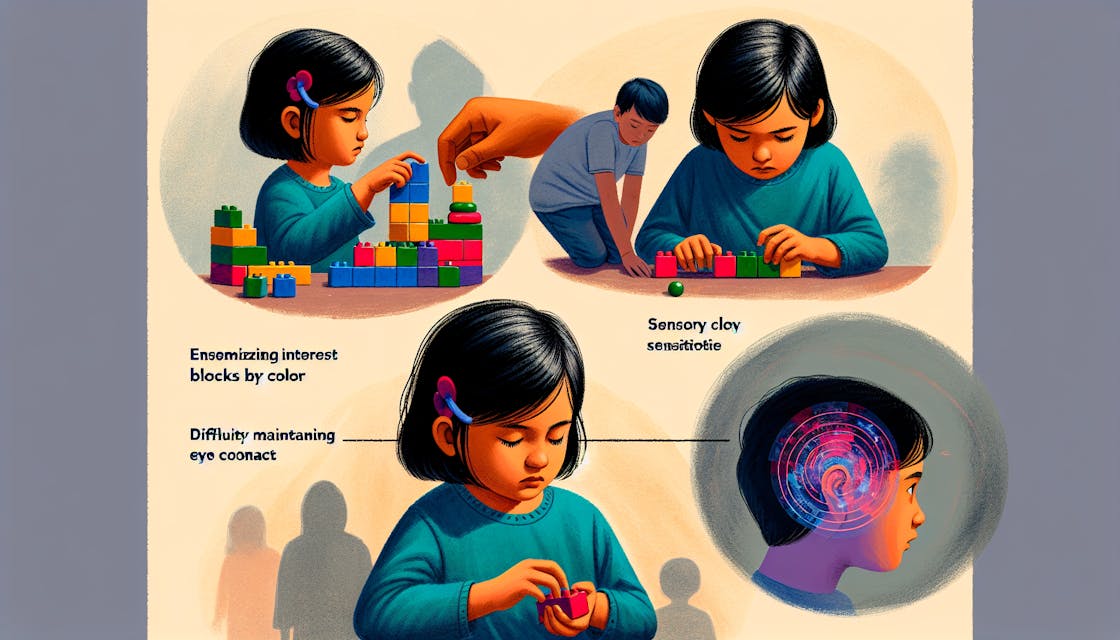
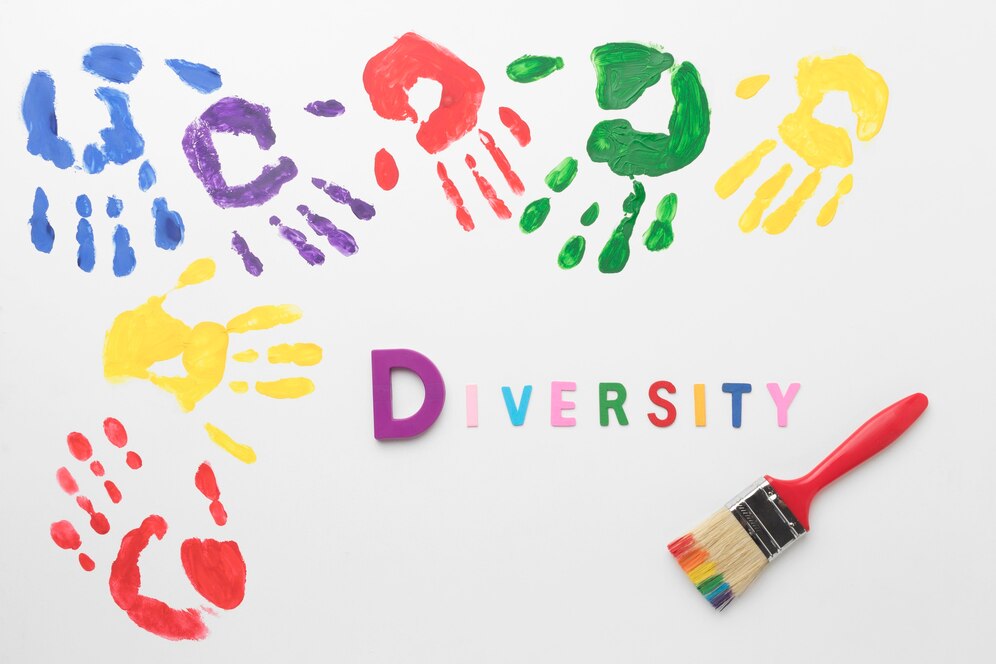
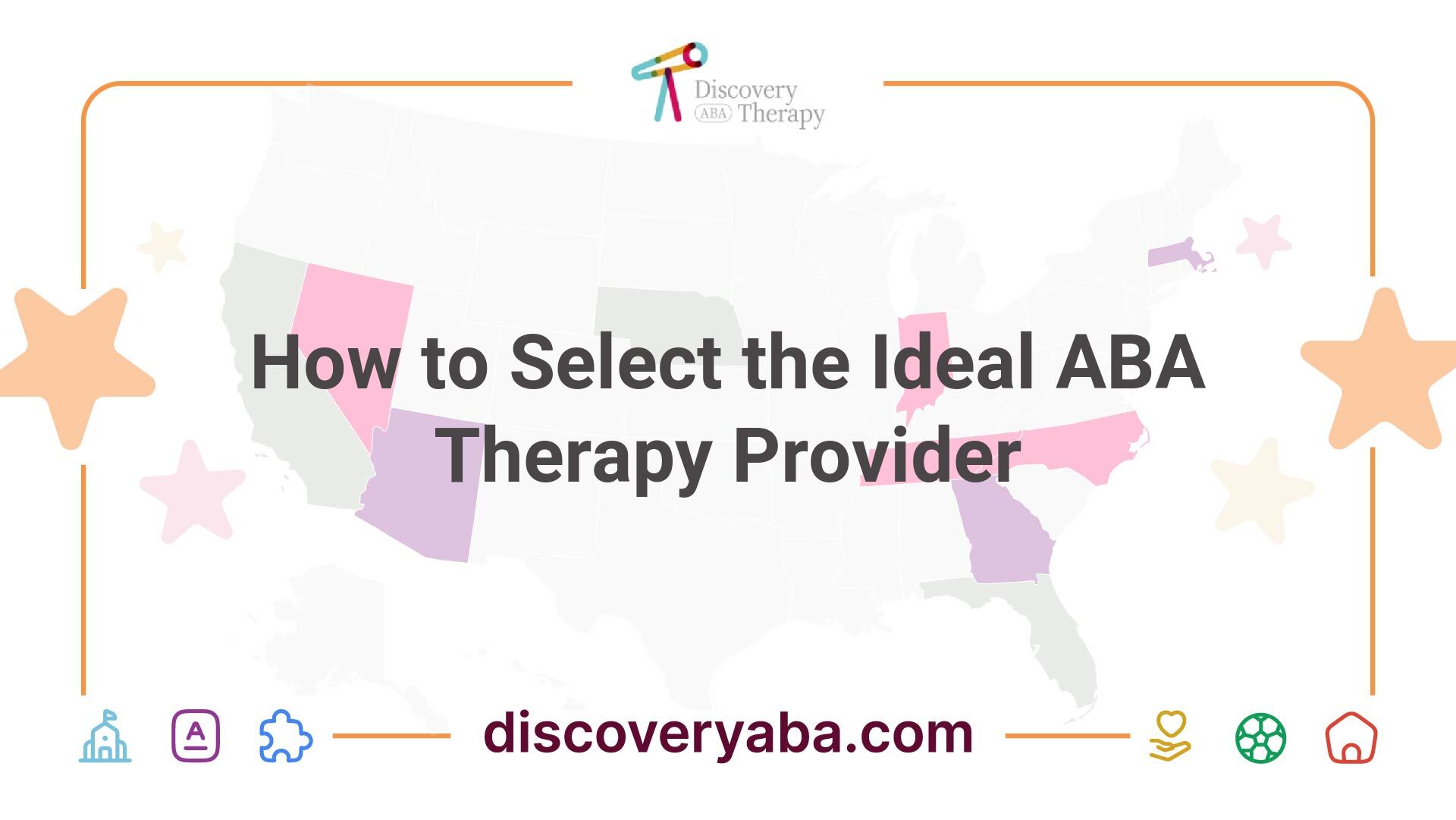
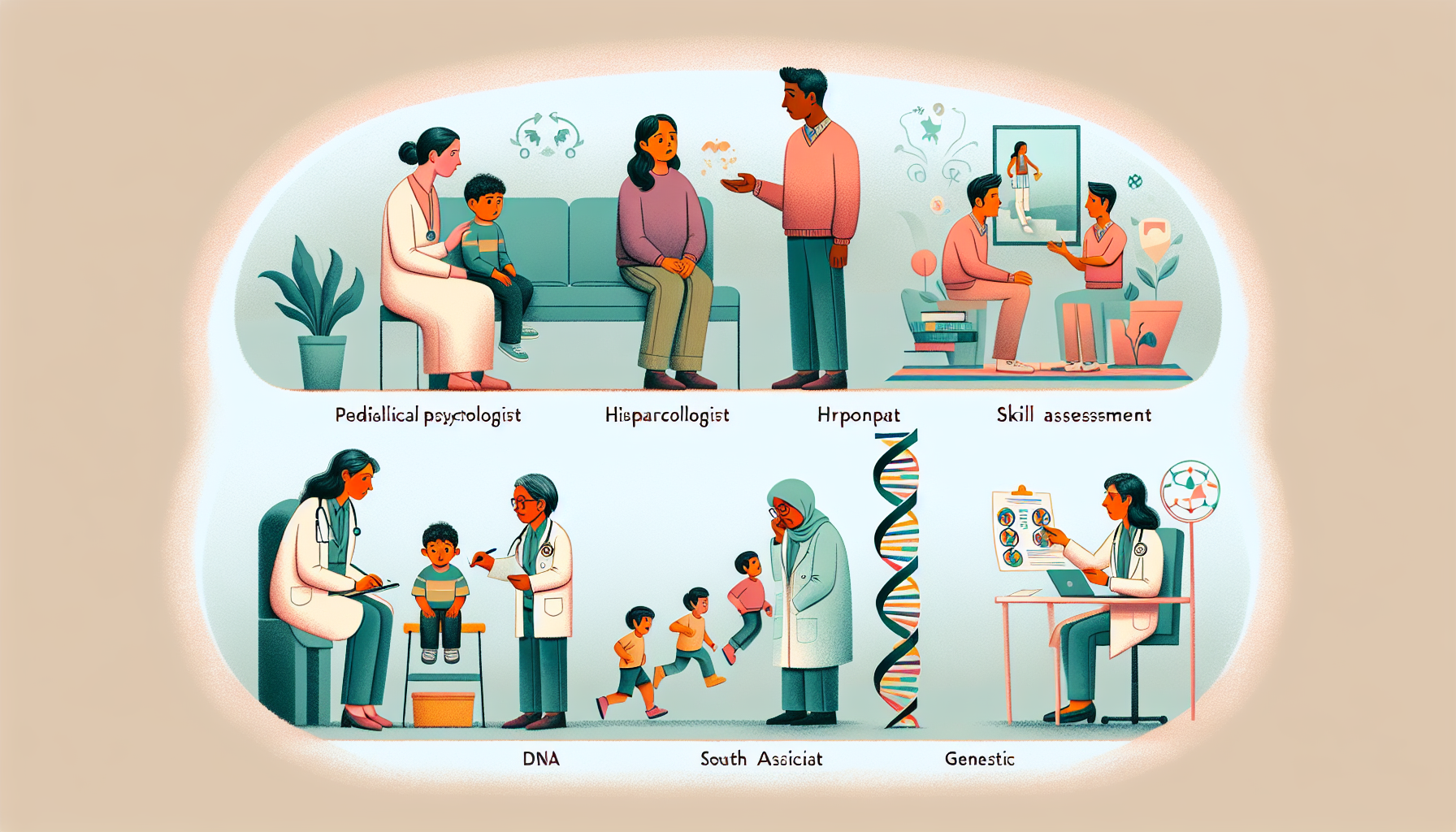




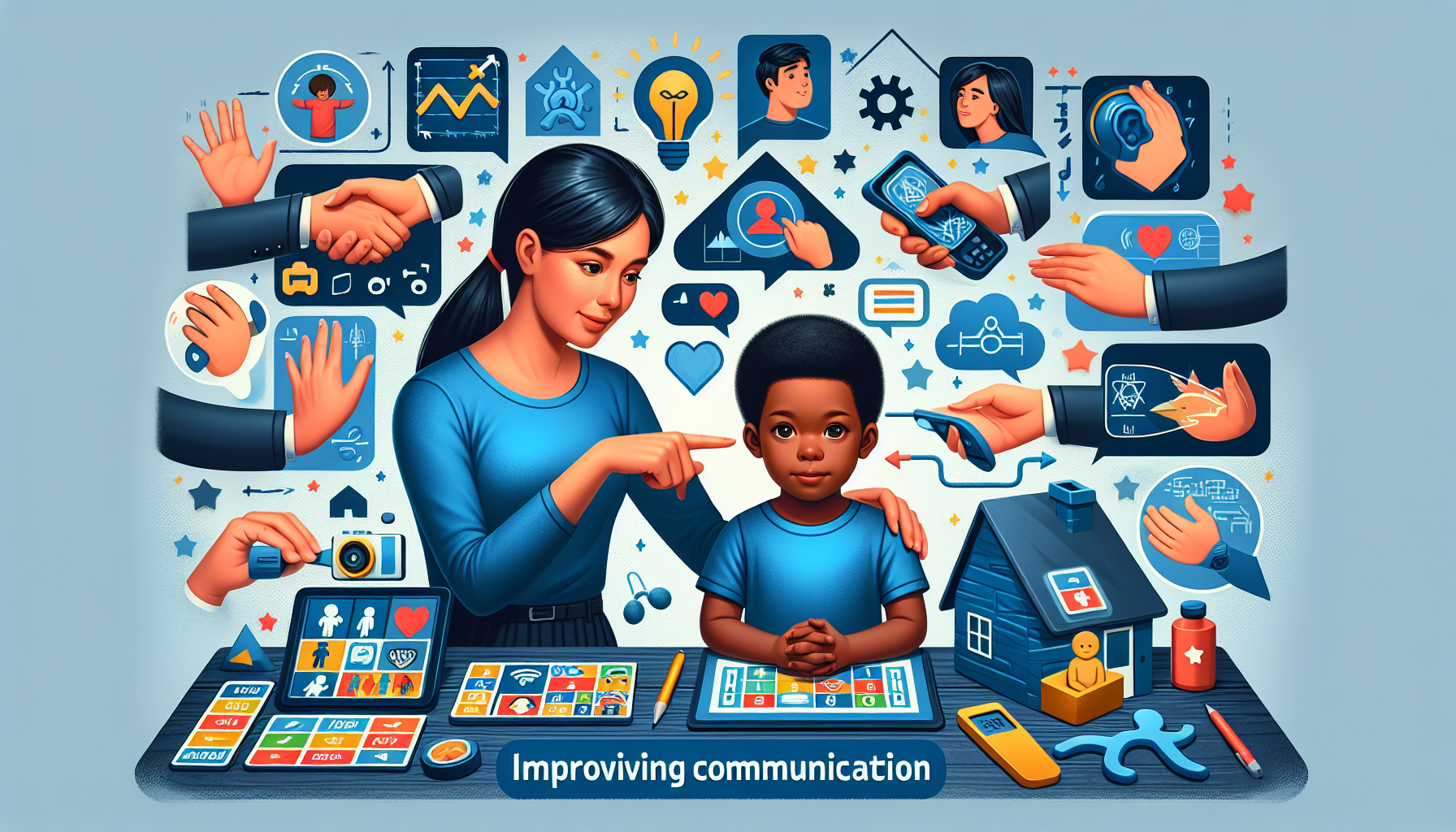
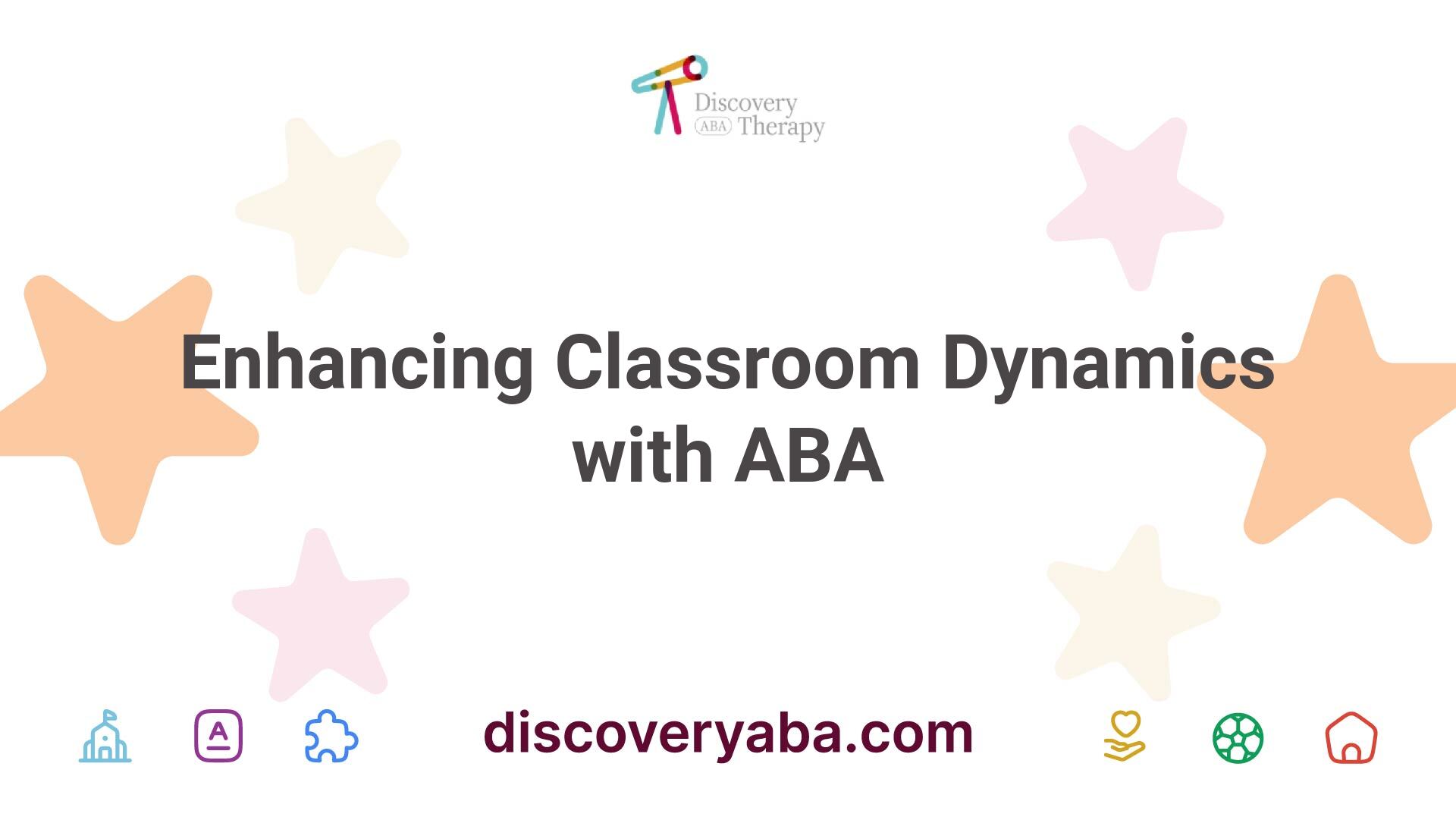

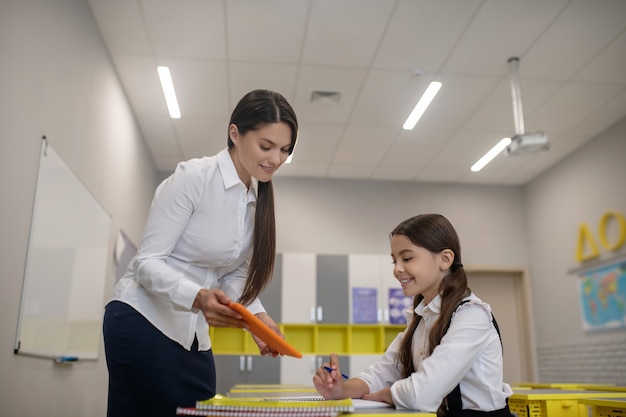

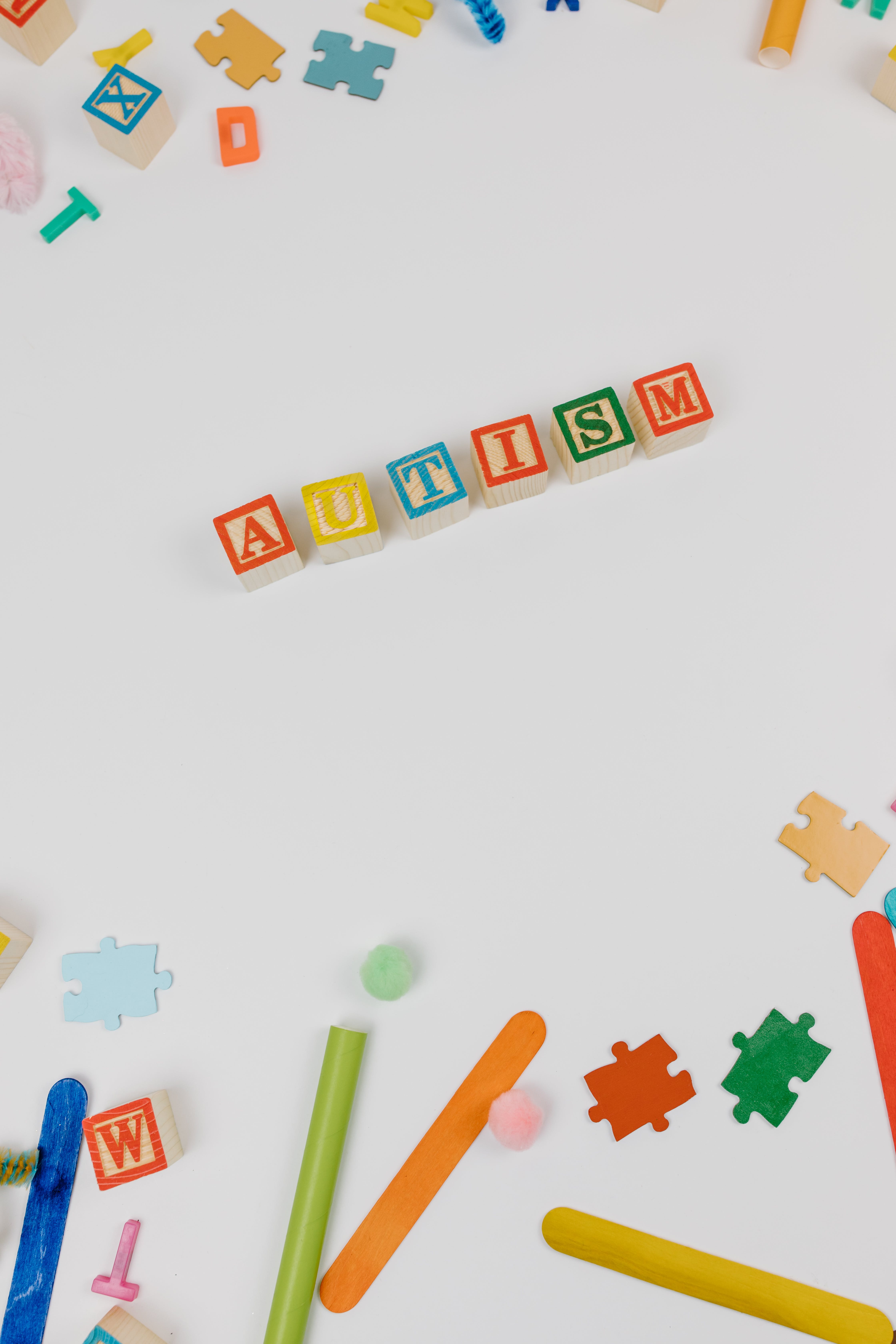








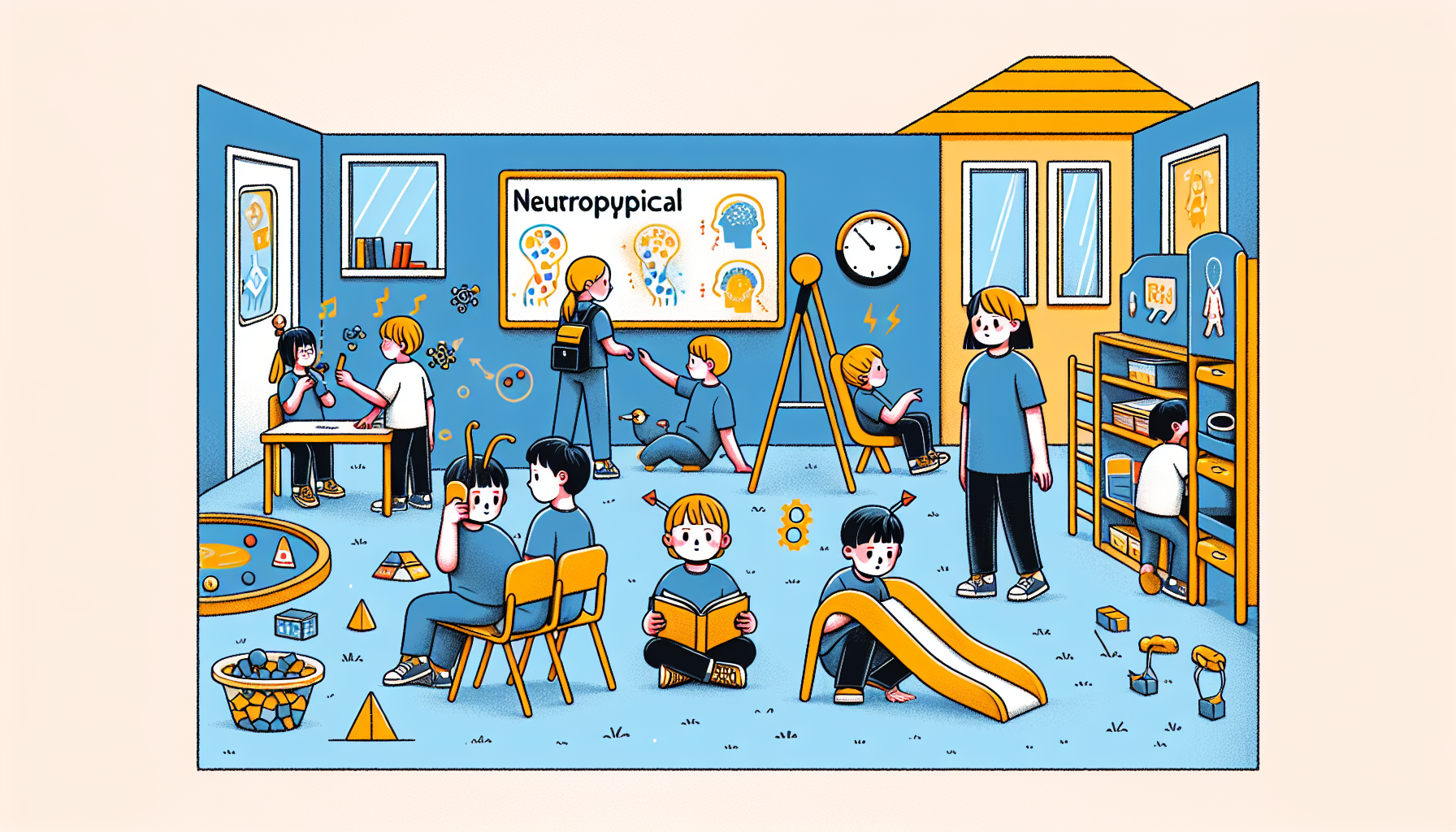
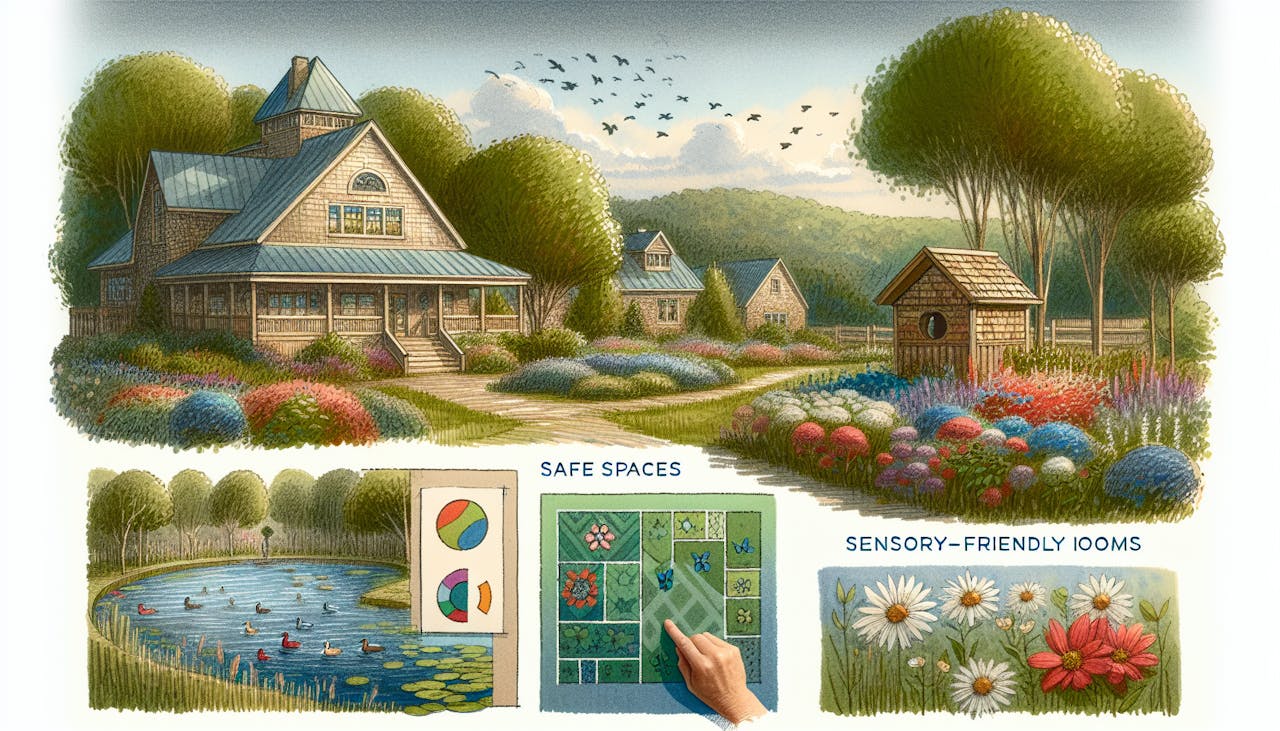


%2520(1).jpeg)

.jpeg)

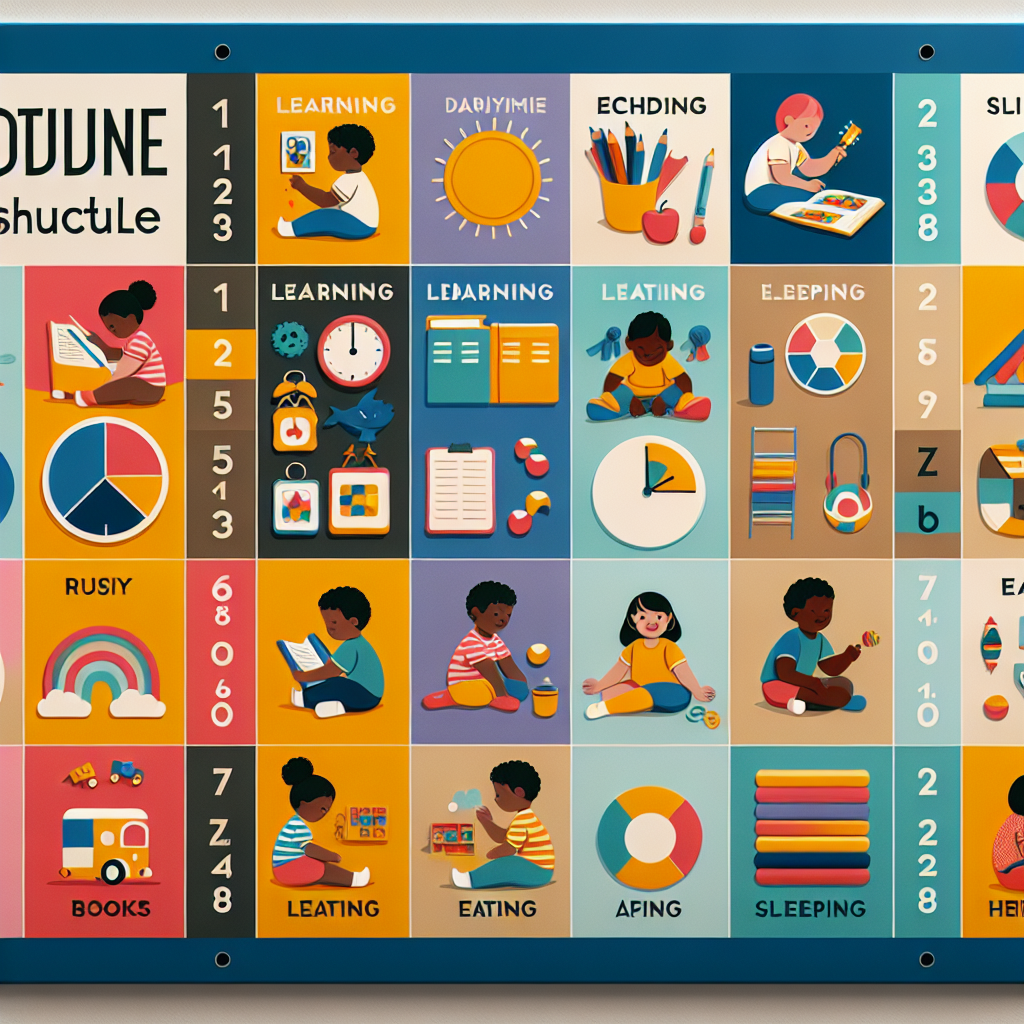



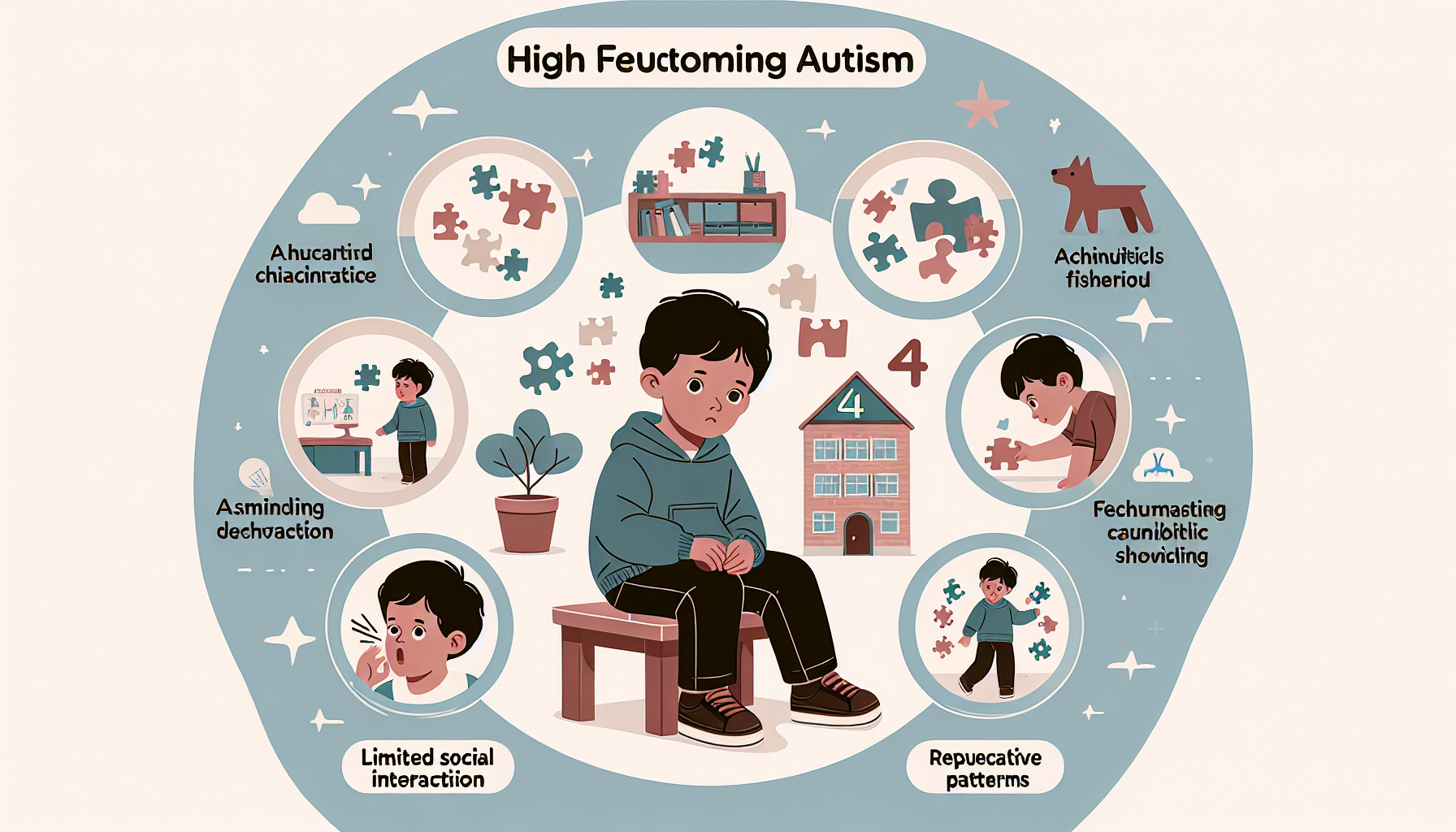






.jpeg)










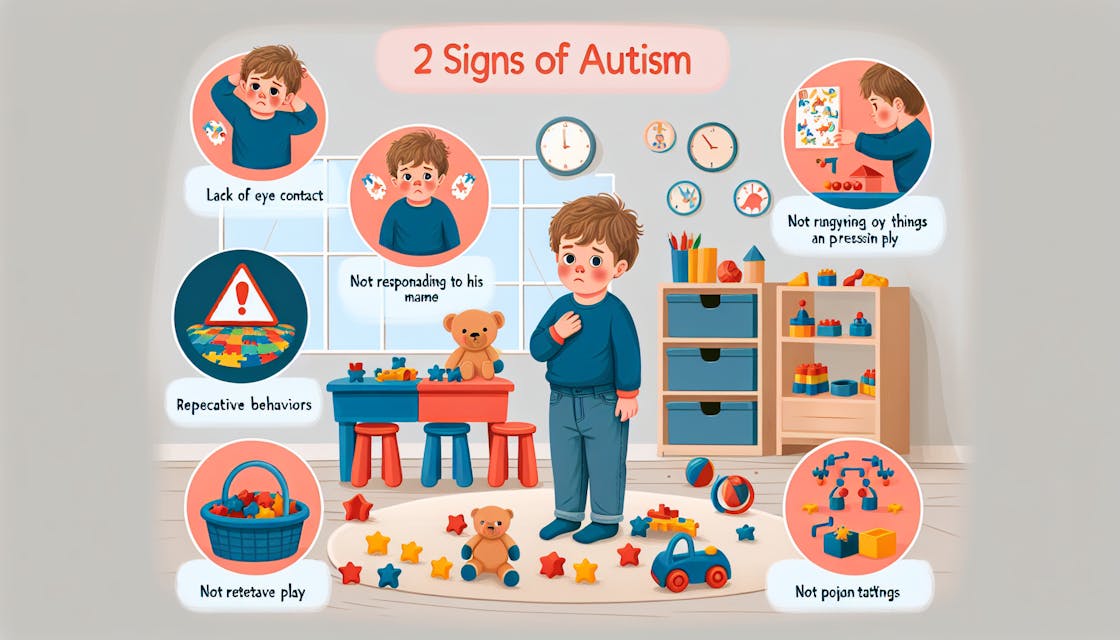


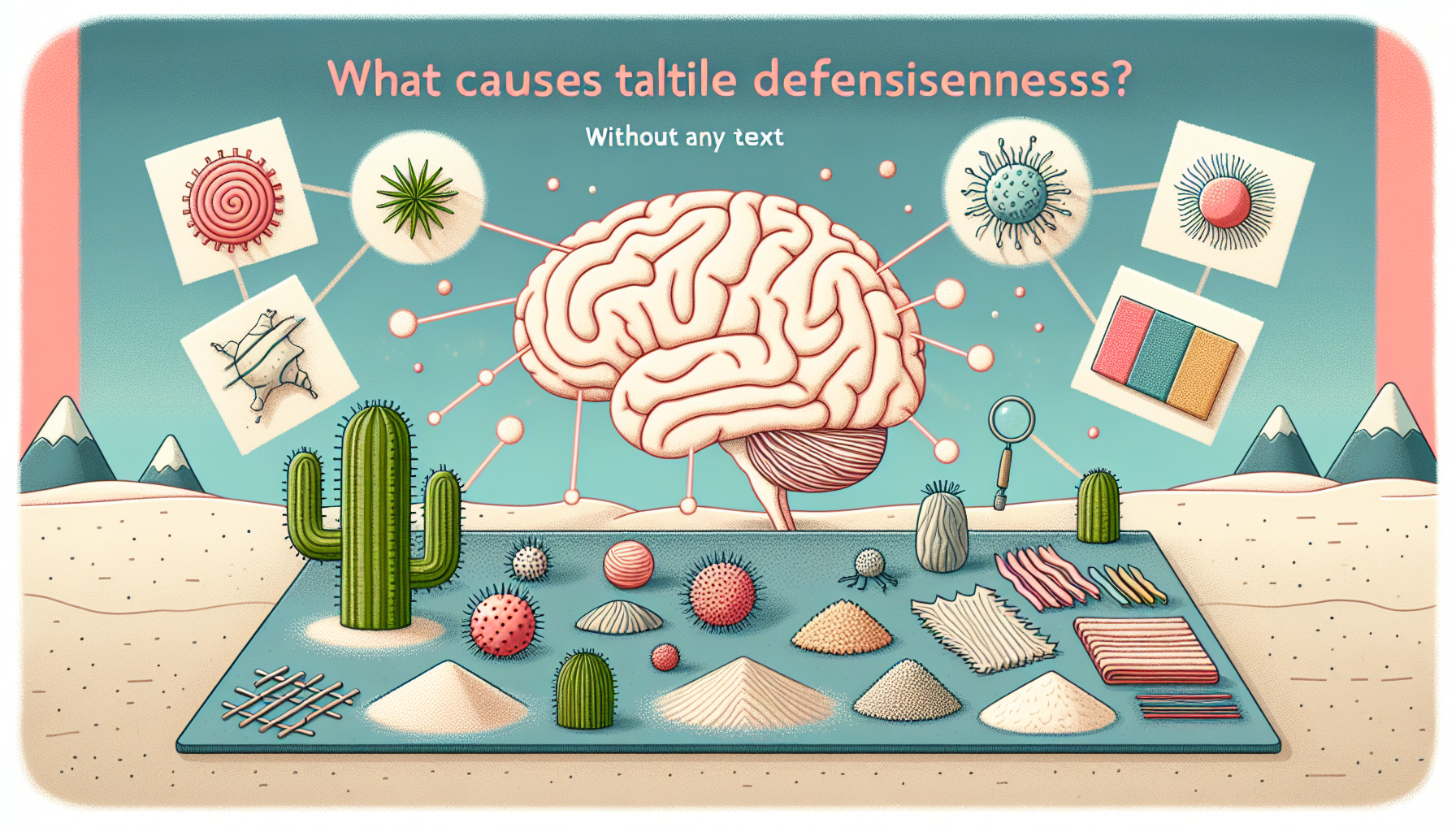
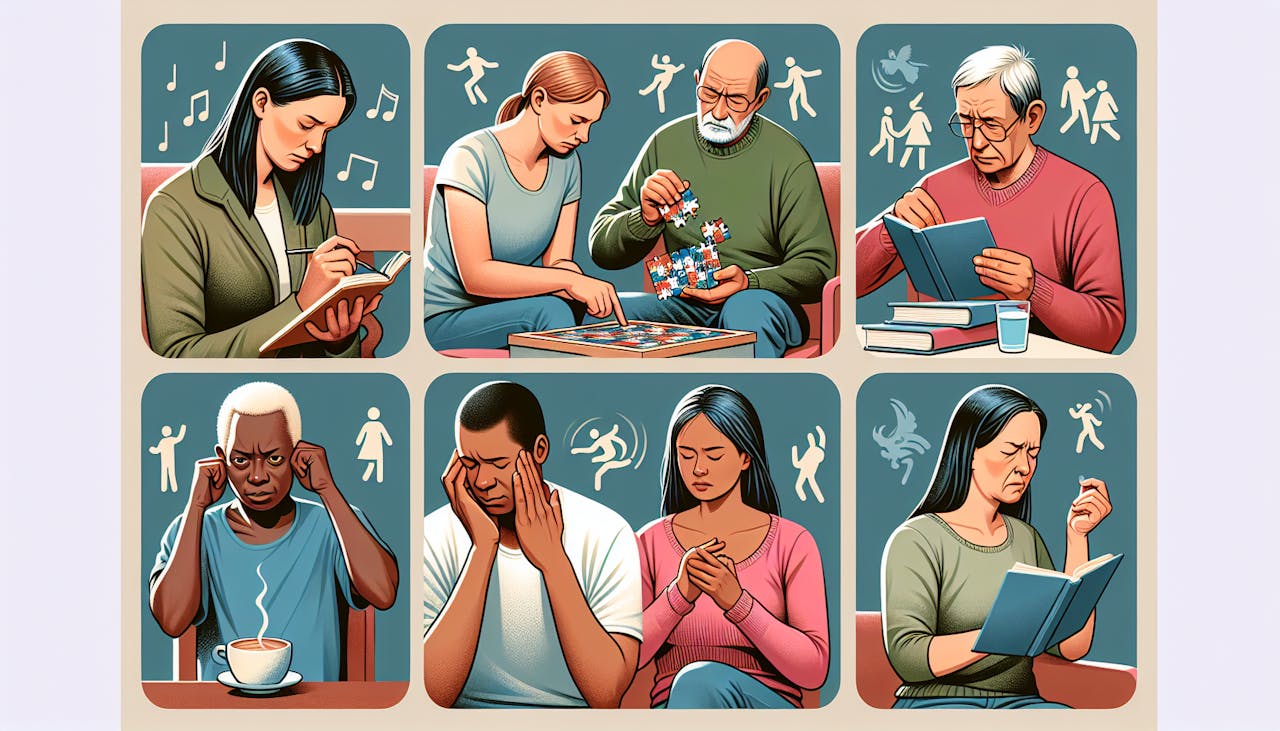


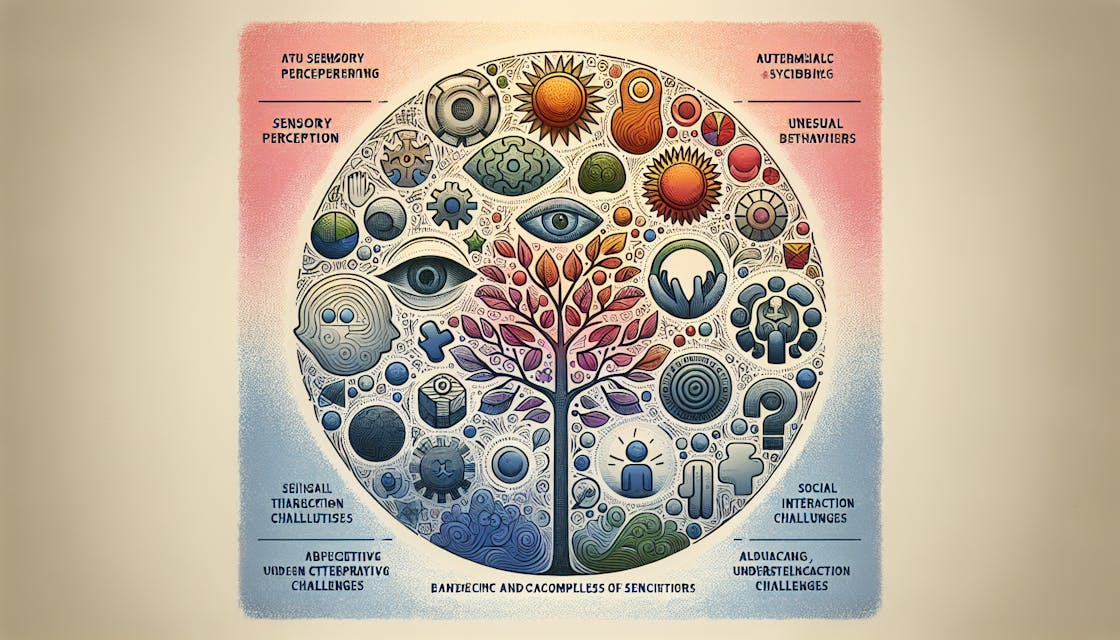
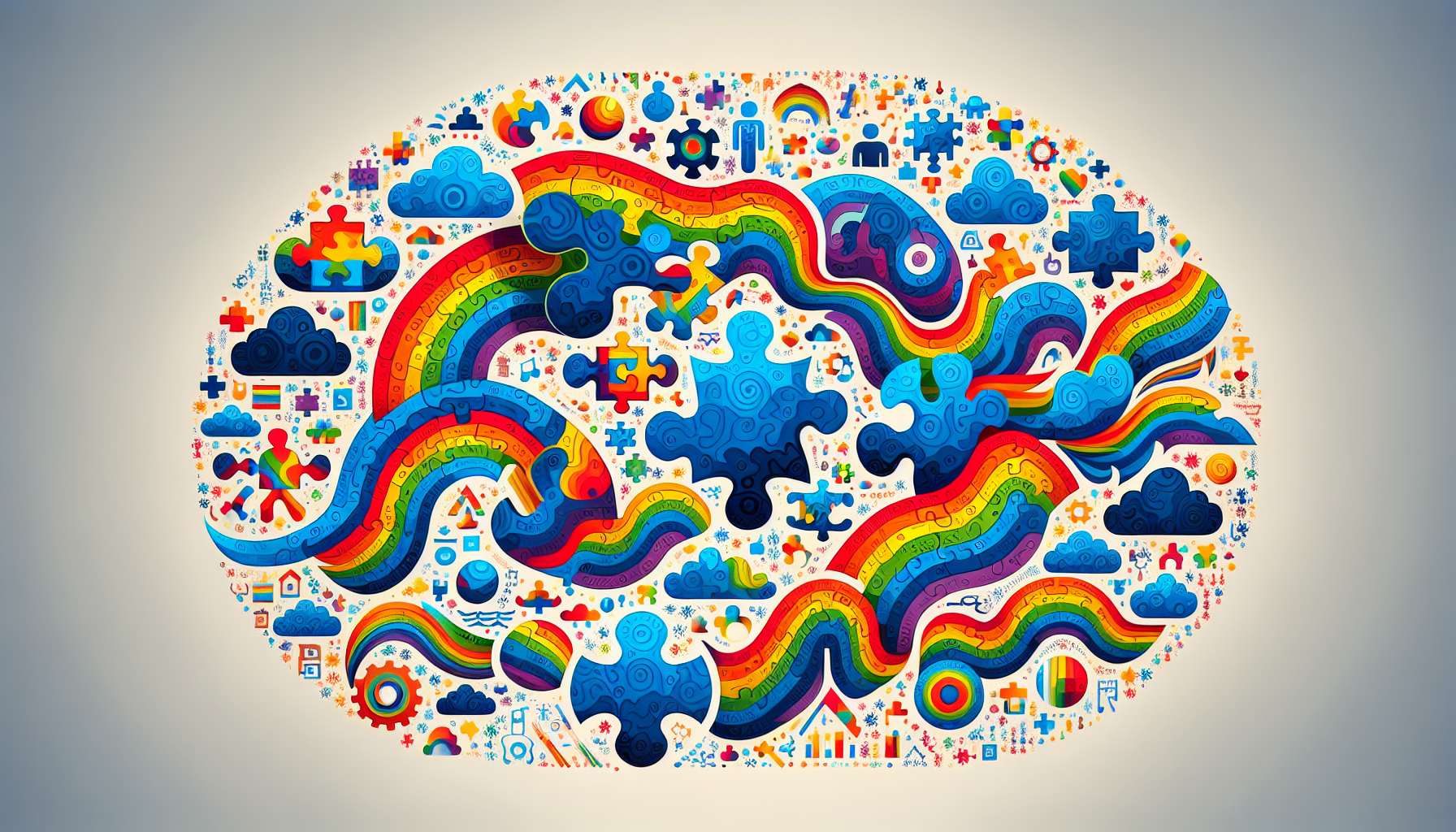
.jpeg)


.jpeg)


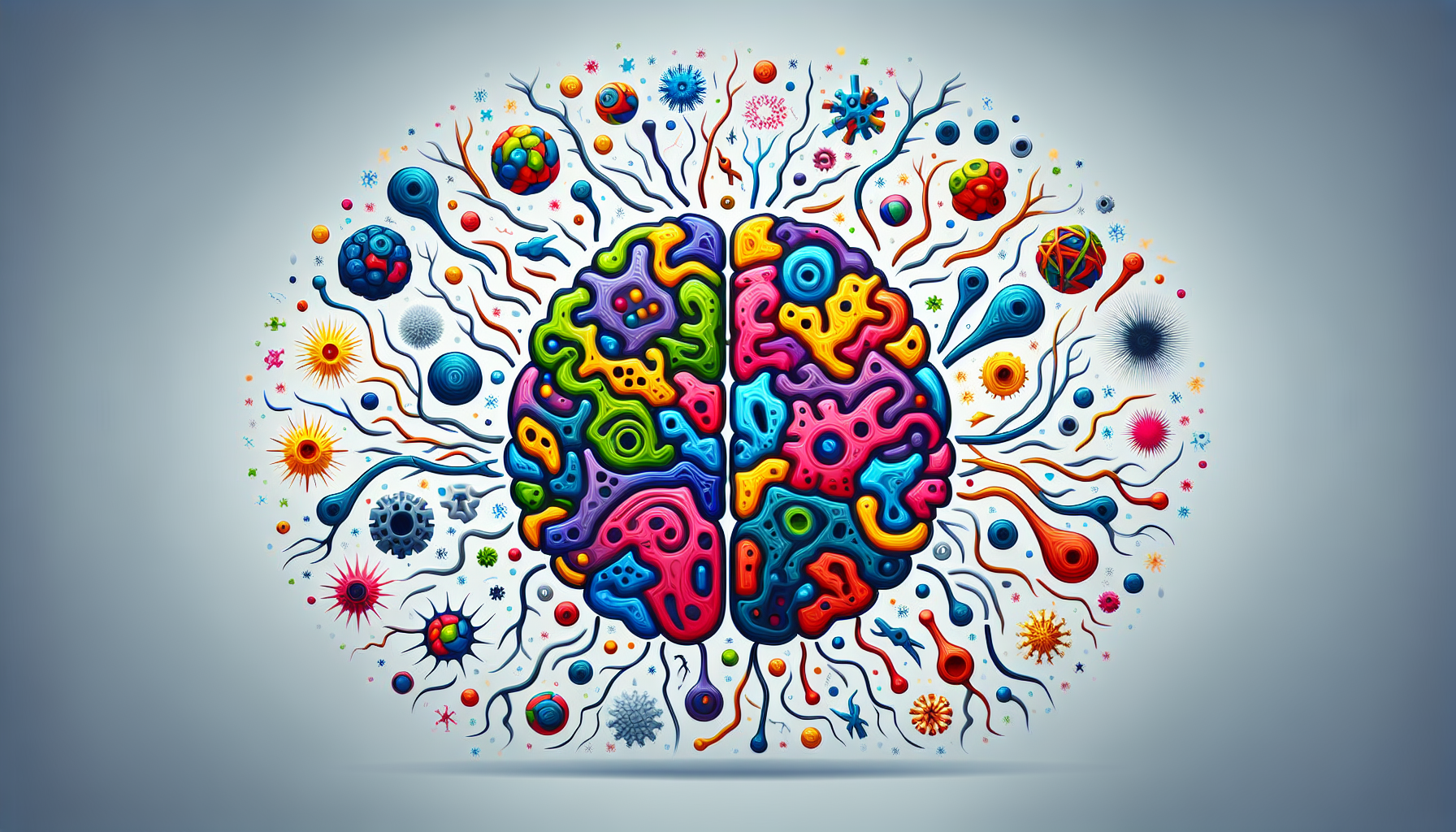
.jpeg)


















